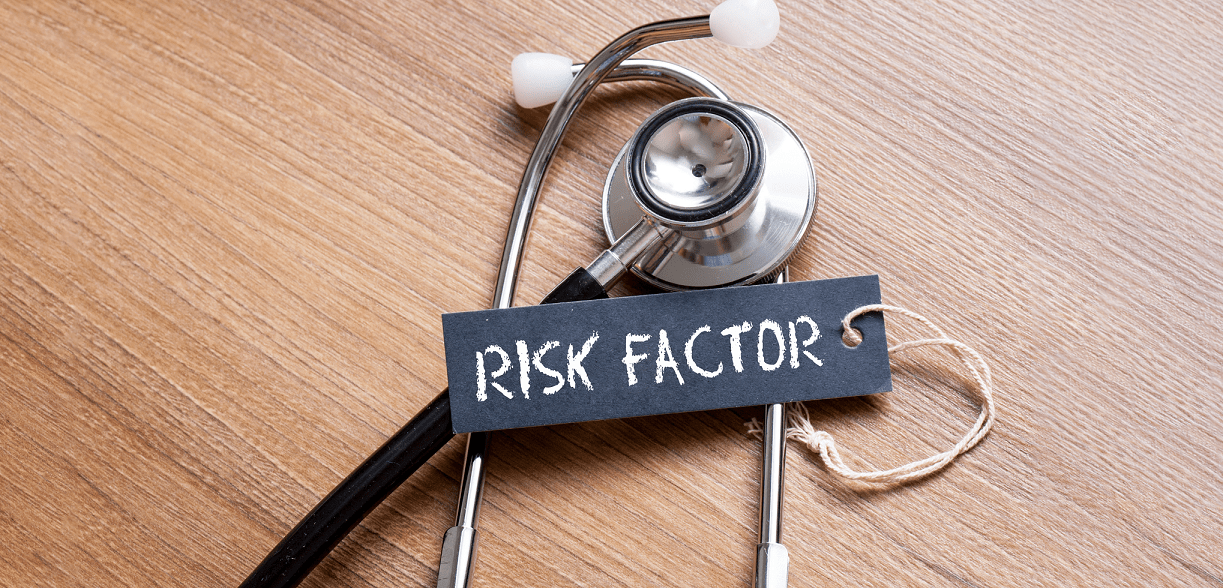VITAMIN D DEFICIENCY
Who is at risk of suboptimal Vitamin D levels?
Factors such as age, diet, and lifestyle can play a part in increasing the risk for suboptimal Vitamin D.1 Common risk factors include premature birth, old age, obesity, and darker skin.2 Since our skin produces most of the Vitamin D we need when exposed to sunlight, the main factor leading to inadequate Vitamin D levels is low sun exposure.
| Groups with a heightened risk for suboptimal Vitamin D levels include3: | ||
| • | Breastfed infants | |
| o | Breastmilk is a poor source of Vitamin D, so infants who are solely breastfed are often at risk for low Vitamin D levels. | |
| • | Individuals with low sun exposure | |
| o | Individuals who stay home or indoors: the UVB rays that trigger Vitamin D production in our skin cannot penetrate glass, so the sunlight we’re exposed to indoors (or in the car!) does not contribute to our Vitamin D levels.4 | |
| o | Those who cover most of their skin because of their preferred dress codes. | |
| o | Regular sunscreen users, as sunscreen blocks the sun’s Vitamin D-producing UVB rays from reaching our skin, reducing the ability of the skin to produce Vitamin D by up to 99%.5 | |
| • | Elderly | |
| o | As we age, our skin’s ability to produce Vitamin D decreases. | |
| o | Older adults may stay home or indoors more, reducing sunlight exposure. | |
| o | Reduced appetite can lead to inadequate dietary consumption of Vitamin D. | |
| • | Individuals with dark skin tones | |
| o | The increased levels of melanin in darker skin tones provide natural protection against UV rays and, as a result, individuals with darker skin tones make 90% less Vitamin D from sunlight exposure than lighter-skinned individuals.5 | |
| • | Individuals with obesity | |
| o | Why obesity is linked to suboptimal Vitamin D is still unclear. Excess fat might be ‘trapping’ the Vitamin D since it is a fat-soluble vitamin, Vitamin D levels might be ‘diluted’ by the increased body mass and volume, or individuals with obesity may adopt lifestyle habits (e.g. staying indoors more) that limit their exposure to sunlight.6 | |
| • | Individuals who cannot fully absorb dietary fats | |
| o | Vitamin D is fat-soluble and is absorbed best with fat; hence, any medical issue that impairs fat absorption from the gut may increase the risk of suboptimal Vitamin D levels. | |
| o | Individuals who have had gastric bypass surgery often have a reduced ability to absorb Vitamin D from dietary sources.7 | |
If you belong to any of these groups, you may wish to speak to your doctor to find out more about Vitamin D supplementation or testing of your Vitamin D levels, where necessary.
References
1) National Institute for Health and Care Excellence. COVID-19 rapid guideline: vitamin D. NICE Guideline no. NG187, December 2020.
2) Lips P. Prog Biophys Mol Bio 2006;92:4-8.
3) National Institute of Health. Vitamin D Fact Sheet for Health Professionals. Available at:
https://ods.od.nih.gov/factsheets/VitaminD-HealthProfessional/. Accessed 30 June 2021.
4) National Health Service UK. How to get vitamin D from sunlight. Available at:
https://www.nhs.uk/live-well/healthy-body/how-to-get-vitamin-d-from-sunlight/. Accessed 6 Sep 2021.
5) Hossein-nezhad A, Holick MF. Mayo Clin Proc 2013;88:720-755.
6) Man REK, et al. Nutrients 2017;9:313.
7) Pramyothin P, Holick MF. Curr Opin Gastroenterol 2012;28:139-150.
RELATED ARTICLES









